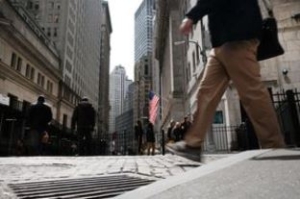What’s in Today’s Report:
- If a Recession Is Imminent, Are Bonds a Buy?
Stock futures are down more than 1% this morning following more negative earnings news in the tech sector.
SNAP is down 30% this morning after issuing a profit warning late yesterday, citing a quickly deteriorating macroeconomic environment that is weighing on tech broadly.
Economically, Composite Flash PMI data slightly missed estimates in Europe overnight, but notably remained comfortably in expansion territory, easing some concerns about a looming recession.
Looking into today’s session, focus will be on economic data early with the PMI Composite Flash (E: 55.5) and New Home Sales (E: 748K) due to be released and the market will be looking for fresh signs that the economy is in good shape and not significantly losing momentum right now. There is also a 2-Yr Treasury Note auction at 1:00 p.m. ET today which could move yields on the short end of the curve, and in turn, impact equity trading.
Focus will turn to monetary policy midday with Fed Chair Powell scheduled to speak at 12:20 p.m. ET. Any hints at a less aggressive approach to policy tightening in the months ahead will be welcomed by investors and could help the latest attempt at a relief rally regain its footing. However, the combination of soft data in the morning and a hawkish-leaning Powell could send stocks lower.

